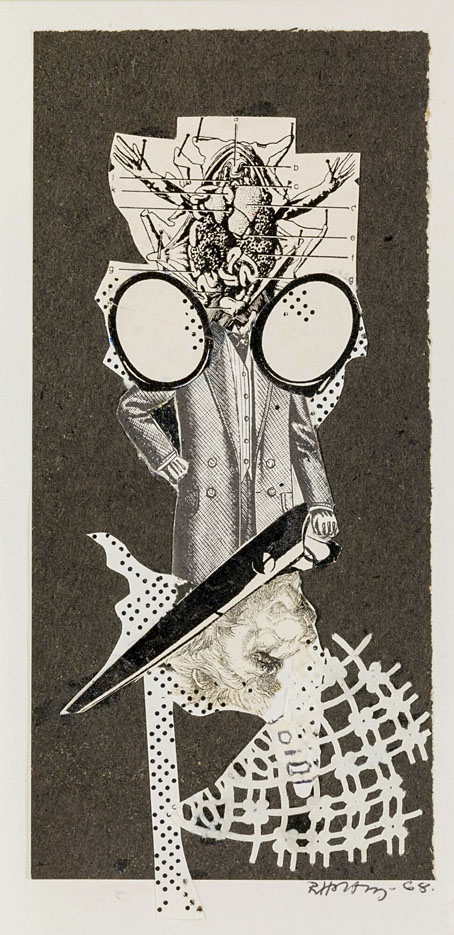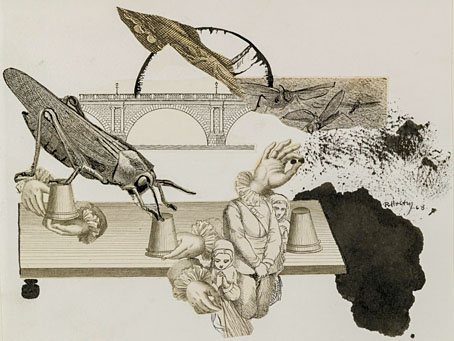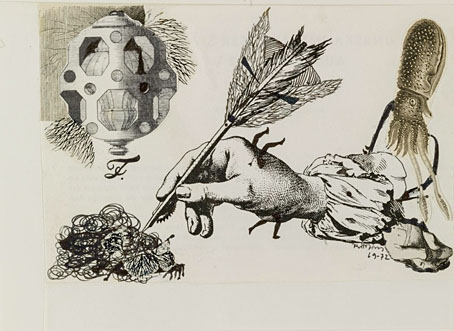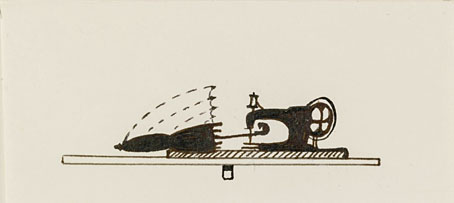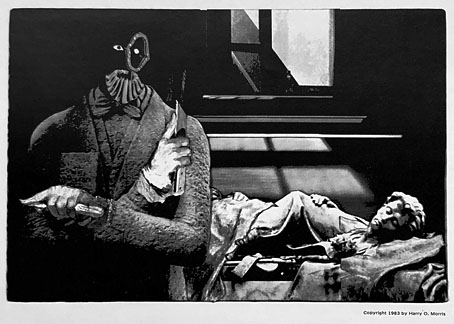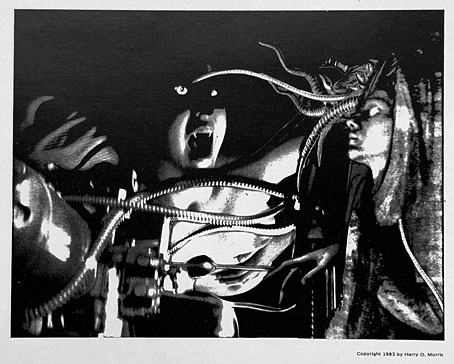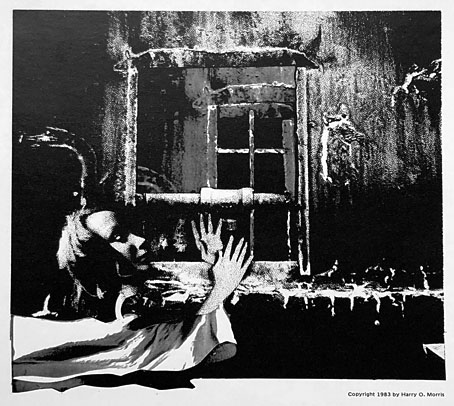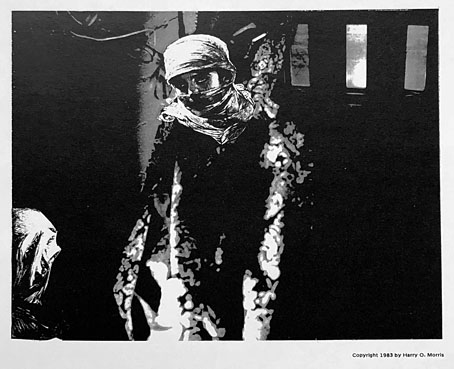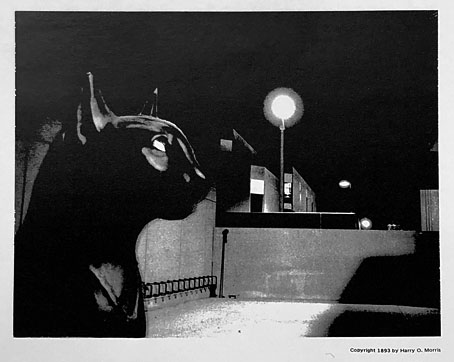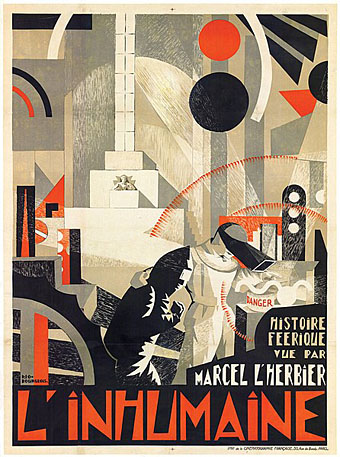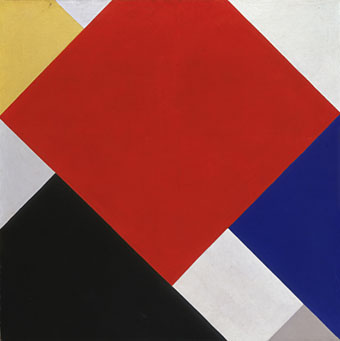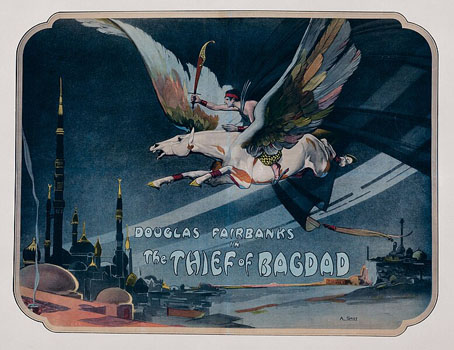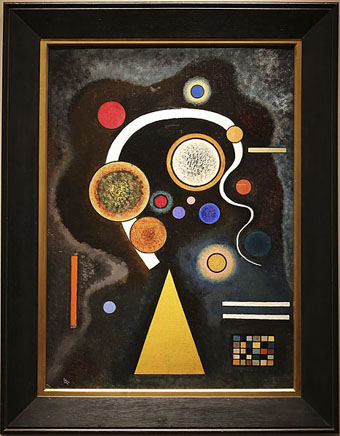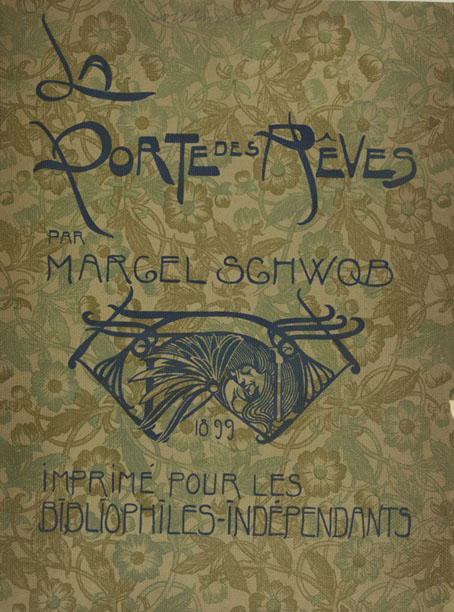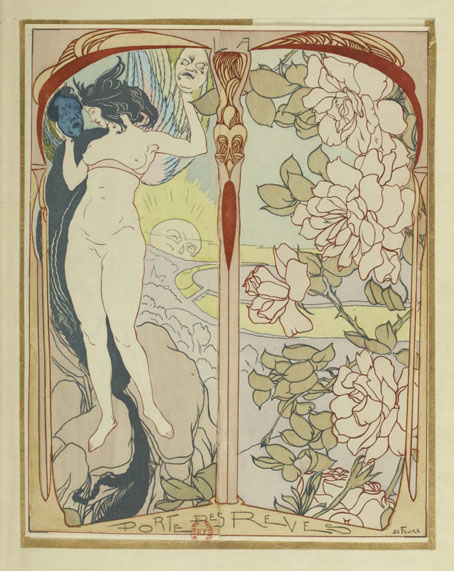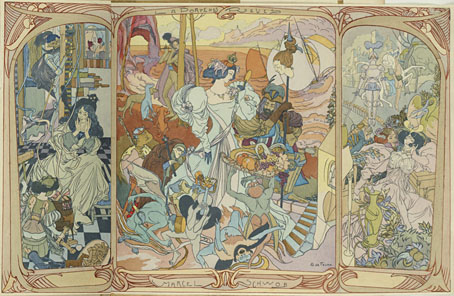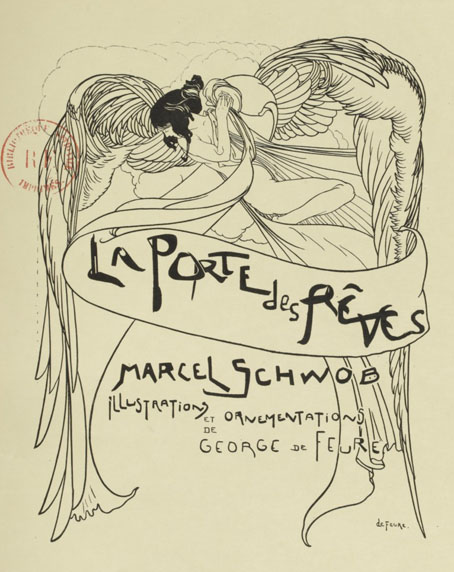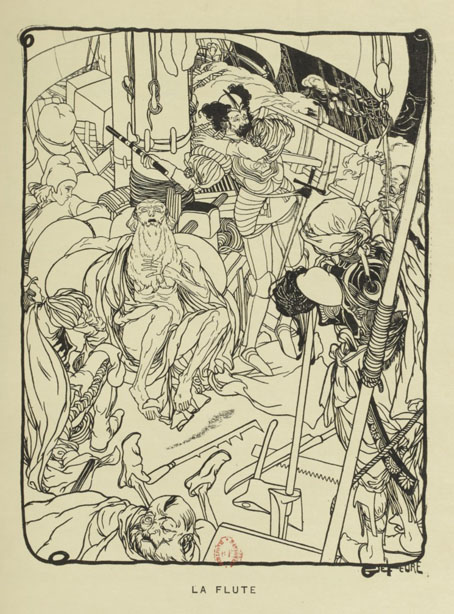
Guardian Angels (1946) by Dorothea Tanning.
• “If photographs can outlive their subjects, and memory works like photography, do images somehow endure in the brain after death? Could these undead memories be recovered with the right technologies?” Speculative fiction from 1899 in Dr Berkeley’s Discovery by Richard Slee and Cornelia Atwood Pratt.
• Mix of the week: Astral Loitering: Excursions In New Age, 1970–1989: 210 minutes of well-chosen selections that continue where I Am The Center left off. In a similar zone, albeit more recent, there’s the regular monthly report from Ambientblog, DreamScenes—January 2024.
• At American Scientist: The Source of Europe’s Mild Climate: “The notion that the Gulf Stream is responsible for keeping Europe anomalously warm turns out to be a myth”. An article from 2006 that you’d think would be more widely known today.
• The Anomalist: “World News on UFOs, Bigfoot, the Paranormal, and Other Mysteries at the Edge of Science”. Too many of the links lead to worthless tabloid filler but the headlines can be fun.
• Coming soon from Strange Attractor: Two-Headed Doctor: Listening for Ghosts in Dr John’s Gris-Gris, a book by David Toop which analyses the Doctor’s voodoo-themed debut album.
• At Unquiet Things: Beyond The Shadows Of The Labyrinth: Exploring the Groovy Kaleidoscope of Ted CoConis’ Art.
• DJ Food unearths a batch of Portuguese Hauntology via Prisma Sonora Records.
• At Dennis Cooper’s: John Waters Day (restored/expanded).
• New music: Moon by Retep Folo & Dorothy Moskowitz.
• New Age (live) (1969) by The Velvet Underground | New Age (1980) by Chrome | 1966 – Let The New Age Of Enlightenment Begin (2014) by Sinoia Caves

